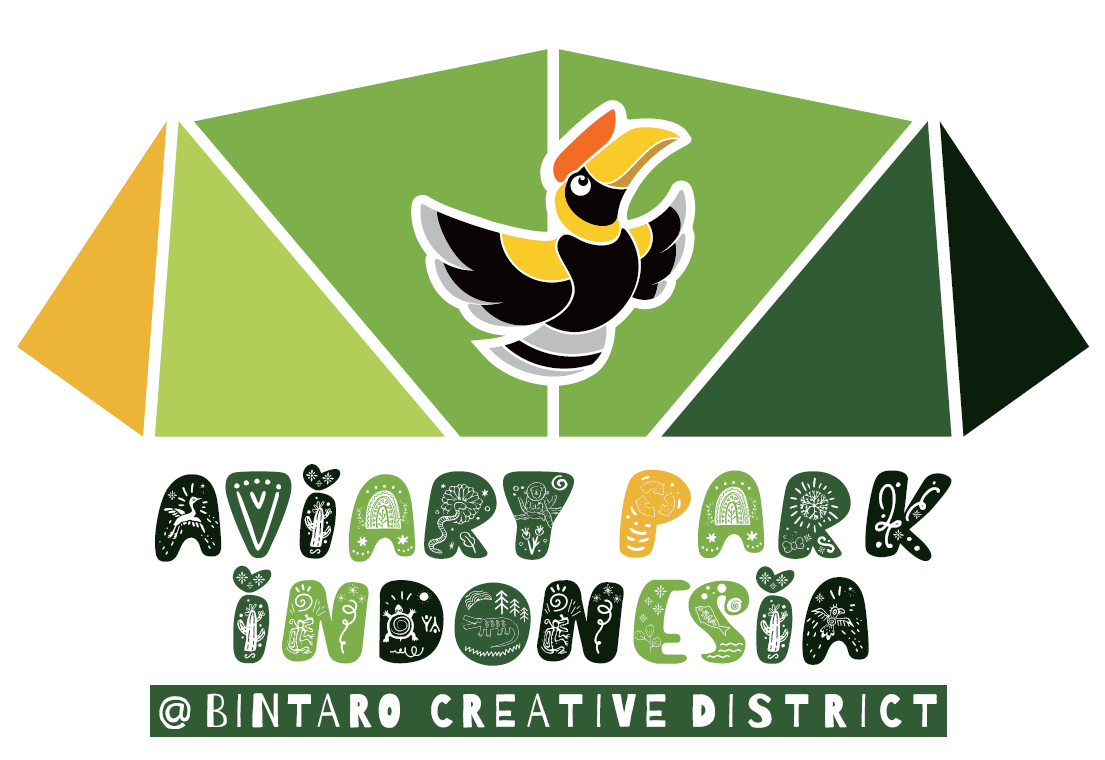Beruang Madu Sumatera, also known as the Sumatran Sun Bear, is a fascinating animal native to Indonesia. This unique species of bear is the smallest in the world, with a distinctive golden crescent-shaped patch on its chest, giving it the nickname “honey bear.” In this article, we will delve into the world of the Beruang Madu Sumatera, exploring its habitat, behavior, and conservation status.
The Sumatran Sun Bear can be found in the tropical rainforests of Sumatra, Indonesia. These bears are excellent climbers and spend much of their time in the trees, foraging for fruits, insects, and honey. They have a keen sense of smell, which helps them locate food sources in the dense forest.
One of the most unique aspects of the Beruang Madu Sumatera is its playful nature. These bears are known for their acrobatic skills and playful behavior, often engaging in wrestling matches with other bears or rolling around in the mud for fun. Despite their small size, they are incredibly strong and agile animals.
Unfortunately, the Sumatran Sun Bear is currently listed as vulnerable on the IUCN Red List of Threatened Species. Deforestation, illegal poaching, and habitat destruction have significantly impacted their population numbers. Conservation efforts are underway to protect these bears and their natural habitat.
Now, let’s address some of the most common questions about the Beruang Madu Sumatera:
1. What is the average size of a Sumatran Sun Bear?
The Sumatran Sun Bear is the smallest bear species, with adults typically weighing between 60-150 pounds.
2. What do Sumatran Sun Bears eat?
These bears have a varied diet, consisting of fruits, insects, honey, and small mammals. They are also known to raid beehives for honey, hence their nickname “honey bear.”
3. Are Sumatran Sun Bears aggressive towards humans?
Sumatran Sun Bears are generally shy and solitary animals, and they will avoid human contact if possible. However, like any wild animal, they can become aggressive if they feel threatened or cornered.
4. What is the conservation status of the Sumatran Sun Bear?
As mentioned earlier, the Sumatran Sun Bear is listed as vulnerable on the IUCN Red List. Conservation efforts are crucial to protect these bears from further decline.
5. How can I help support the conservation of Sumatran Sun Bears?
You can support conservation organizations that work to protect the natural habitat of these bears, raise awareness about their plight, and avoid purchasing products made from threatened species.
6. Are Sumatran Sun Bears kept in captivity?
Unfortunately, some Sumatran Sun Bears are kept in captivity for entertainment or illegal trade. It is essential to support reputable sanctuaries and rescue centers that prioritize the well-being of the bears.
7. What are some unique features of the Sumatran Sun Bear?
Aside from their distinctive golden chest patch, Sumatran Sun Bears have long tongues for extracting honey from beehives and strong claws for climbing trees.
8. How do Sumatran Sun Bears communicate with each other?
These bears communicate through vocalizations, body language, and scent markings. They have a range of vocalizations, including grunts, roars, and whines.
9. What are the biggest threats to Sumatran Sun Bears?
Deforestation for palm oil plantations, illegal poaching for body parts, and habitat loss due to human encroachment are the most significant threats to the survival of Sumatran Sun Bears.
10. Can I volunteer with conservation efforts for Sumatran Sun Bears?
There are opportunities to volunteer with reputable conservation organizations that focus on protecting endangered species like the Sumatran Sun Bear. By volunteering your time and skills, you can make a positive impact on their conservation.
In conclusion, the Beruang Madu Sumatera is a remarkable animal that deserves our attention and protection. By learning more about these bears and supporting conservation efforts, we can help ensure their survival for future generations to appreciate and admire.
